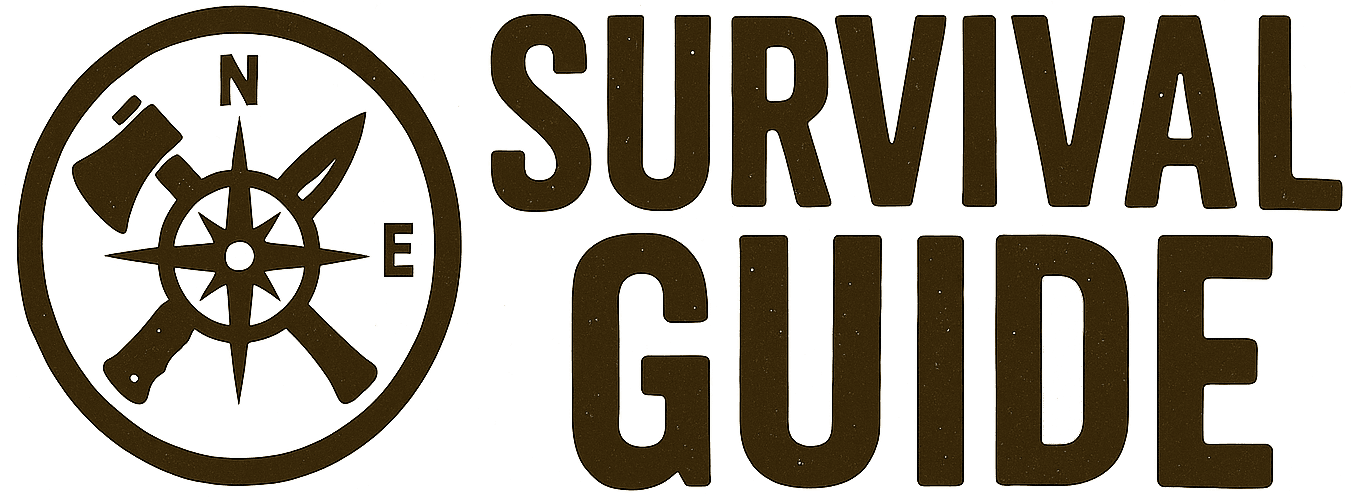When the supermarkets are stripped bare and supply chains collapse, food becomes power. Most people will panic. Some will steal. The rest? They’ll starve—unless they know how to forage.
Foraging isn’t a romantic walk in the woods with a basket; it’s a survival skill that can keep you alive when your stockpiles run dry. Here’s how to do it right—before desperation drives you into danger.
Why Foraging Matters for Survival
Stored food is finite. Even the best stockpile eventually runs out or spoils. When that day comes, your ability to identify, harvest, and prepare wild food will decide whether you endure or perish.
Wild plants, fungi, and even insects can provide critical calories and nutrients. But nature is as deadly as it is generous—you can’t afford mistakes.
The Golden Rules of Foraging
- If You Can’t Identify It, Don’t Eat It
One wrong mouthful can end your survival story fast. Hemlock and water dropwort kill within hours. - Harvest Away From Pollution
Avoid plants near roadsides, industrial areas, or stagnant water—they absorb toxins that can make you ill. - Only Take What You Need
Overharvesting destroys local ecosystems and draws unwanted attention to your food source. - Learn to Test Plants Safely
The Universal Edibility Test (rub, taste, wait) can save your life, but only if you follow every step. - Cook Whenever Possible
Heat destroys parasites, neutralises some toxins, and makes many plants easier to digest.
Essential Wild Foods to Know
1. Nettles (Urtica dioica)
- Abundant almost everywhere.
- High in iron, calcium, and protein.
- Boil or steam to remove the sting—makes a nutrient-rich soup.
2. Dandelions (Taraxacum officinale)
- Leaves, roots, and flowers are edible.
- Bitter but packed with vitamins A, C, and K.
- Roots can be roasted as a coffee substitute.
3. Acorns (Oak Trees)
- Calorie-rich but full of tannins (must be leached by soaking).
- Can be ground into flour for bread or porridge.
4. Wild Berries
- Blackberries, elderberries, rosehips, and hawthorn berries are safe (avoid bright red unknowns).
- Always confirm identity—some berries can cause kidney failure.
5. Edible Mushrooms (Only If Expert)
- Morels, chanterelles, porcini—nutritious and delicious.
- Deadly lookalikes make this a skill only worth learning properly, never guessing.
6. Wild Garlic (Allium ursinum)
- Distinct garlicky smell makes it easy to identify.
- Edible leaves and bulbs add flavour and nutrients.
How to Practise Foraging Before You Need It
You won’t master foraging by reading alone. Start now:
- Join a Local Foraging Walk: Many guides offer seasonal tours. Learn plants in their natural habitats.
- Build a Pocket Guide: Laminate a small set of plant ID cards for your region.
- Practise Cooking With Finds: Learn to prepare safe meals before it’s life or death.
- Map Reliable Spots: Keep a mental or written record of places with abundant food sources.
Tools You Need for Foraging
- Small, sharp knife or folding saw
- Foraging basket or cloth bag (quiet, lightweight)
- Gloves (for nettles and thorny plants)
- Field guide or app for plant identification
- Portable stove or fire kit (for cooking on-site)
Survival Foraging Checklist (Quick Reference)
- Learn to identify 10 safe wild plants in your region.
- Carry gloves, a knife, and a guide every time you head out.
- Avoid polluted areas—factories, roadsides, and stagnant water.
- Cook whenever possible to kill parasites.
- Practise before it’s urgent—knowledge beats panic every time.
The Mental Edge
Foraging isn’t just about food. It’s about mindset. When everyone else is queuing for dwindling rations, you’ll be quietly gathering calories from the land, staying unseen and self-reliant.
But make no mistake—this isn’t a hobby. This is survival. Learn now, or starve later.



